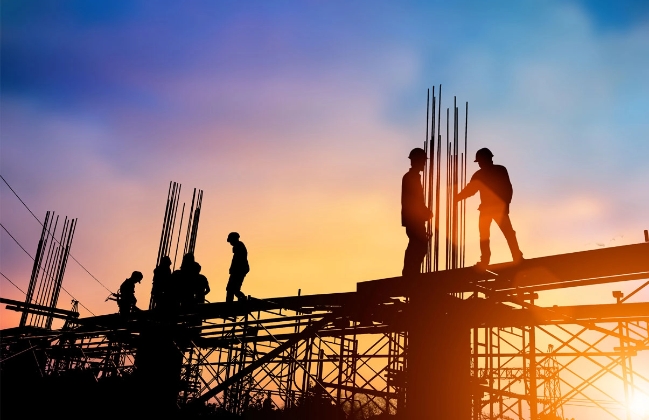Drilled Shaft Installation Safety Tips for the Employer and Employee. OSHA and the ADSC: International Association of Foundation Drilling (ADSC) Alliance. Describes general safety tips to help prevent injuries and illnesses in the drilled shaft foundation industry.
Working Safely During Installation of Drilled Shaft Foundations. OSHA and the ADSC: International Association of Foundation Drilling (ADSC) Alliance. Identifies hazards associated with the installation of drilled shaft foundations and safe work practices to help reduce or eliminate the risk of injuries or illnesses.

